A Marais kind of day
Attempting to work in the Marais, one of Paris' most distracting neighborhoods
Bonjour, c’est Véro.
Earlier this month I spent a few days in Paris, or let’s just say in the Ile de France. My parents live in the north-eastern suburbs of the French capital. It’s always fun for me to steal a few hours downtown when I am not working (i.e. leading guided walks around Paris during touring season) or checking on my family.
On my last day in the city I headed to the Right Bank on a cold yet sunny autumn morning before catching my train back to the Loire Valley a few hours later. My goal was to update the route I have been following this year with tour groups in the Marais to switch things up a little. As it turns out I got a wee bit distracted along the way by familiar sights.
Who doesn’t like the Marais? No one
Locals and visitors alike love spending time in this historic, ever-changing corner of the Right Bank. The Marais may very well be the best place to stay for first time visitors and for those who can afford it, one of the best places to live.
A convenient location, historical buildings (and great stories to go with them,) glorious architecture, picturesque streets, landmarks, parks and gardens (some tucked away from the main tourist path,) eateries, coffee shops, boutiques, art galleries and let’s not forget one of the highest rates of (good!) museums per square meter in Paris.
In short a true francophile’s (Parisophile’s?) dream.
It’s elegant. It’s old. It’s hip. It’s bohemian. It’s gentrified. It’s peaceful. It’s crowded. It’s Paris. Bienvenue dans le Marais.
Follow the tour guide
That morning I dropped off my bag at a convenient Bounce location at the Châtelet metro stop, exit number 10 (out of 155 - private joke!) and walked towards one of my local HQs la brasserie Sarah Bernhardt along place du Châtelet for a morning coffee and Parisian café vibes. I do love the Divine Sarah B. and I especially like this café. The Belle Epoque decor was restored in 2019. Sitting in the elegant room below the theater the famous actress ran for more than two decades is special every time.
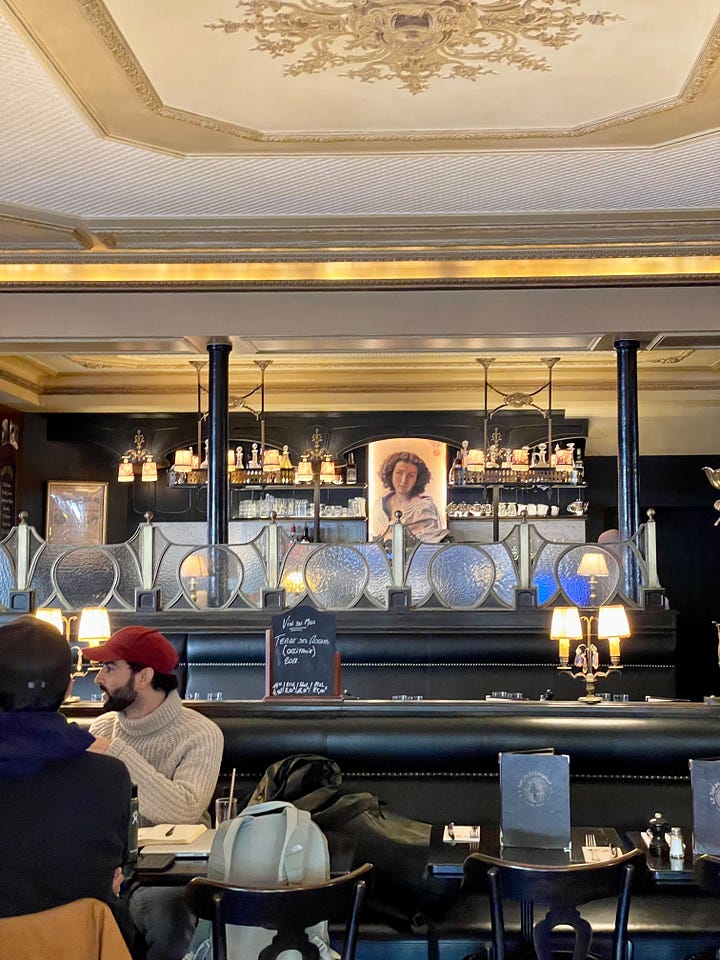

Across the street I peeked at the Tour Saint Jacques a former church once financed by the local butchers’ guild. It’s special to me, the starting point of Via Turonensis one of four major French pilgrimage routes to Santiago de Compostela. It goes through my city, Tours, in the Loire Valley (hence the Latin name.)
I continued making my way towards the heart of the Marais neighborhood known as the 4th arrondissement (the trendy northern section in the 3rd arrondissement has gone up in the world in the last two decades and is well worth a visit too.)
The Hôtel de Ville, one of the most spectacular buildings in Paris was still covered with giant signs reminding everyone that the city successfully hosted the summer Olympic and para-Olympic games in 2024. The “parvis” (front courtyard) is a mess: The mayor of Paris Anne Hidalgo wants an urban forest there by June 2025. An urban forest! 90 trees will be planted. Right now the concrete paving is coming out and the area looks like a war zone.
Remember when the Hôtel de Ville looked like this?
Past the Hôtel de Sens I went, a beautifully restored late 15th century hôtel particulier. It’s survived upheavals including revolutions and avoided destruction in the 1920s when many sections of the Marais were labeled “ilôts insalubres” (run-down and unsanitary sectors) and destroyed methodically only to be saved (if they were lucky) by groundbreaking heritage protection laws voted in the 1960s (the famous “Malraux laws.”) Today the Forney library is inside and many visitors enjoy sitting in the French-style gardens in the back of the building.
Nearby, the laughter and screams of school children at the Ave Maria public elementary school during recess. A plaque on the school wall reminds passers-by of the massive deportation of Jewish children during WWII (the Marais is a historic Jewish enclave in Paris.) Those plaques are everywhere around the neighborhood and the rest of the city.
Around the corner above athletic courts, a section of one of seven walls erected around Paris since Gallo-Roman times. This wall was meant to protect the Right Bank while the king (known as Philippe Augustus) went off to the Crusades in the late 12th century. Philippe, one of France’s great builder kings, also commissioned a fortress by the Seine river. That fortress became a royal palace and later a museum - the one where a lady with a mysterious smile, La Joconde (Mona Lisa) resides.
It’s fun to spot remnants of this wall (or the towers once part of it) as you make your way around Paris. The wall is only 900 years old!
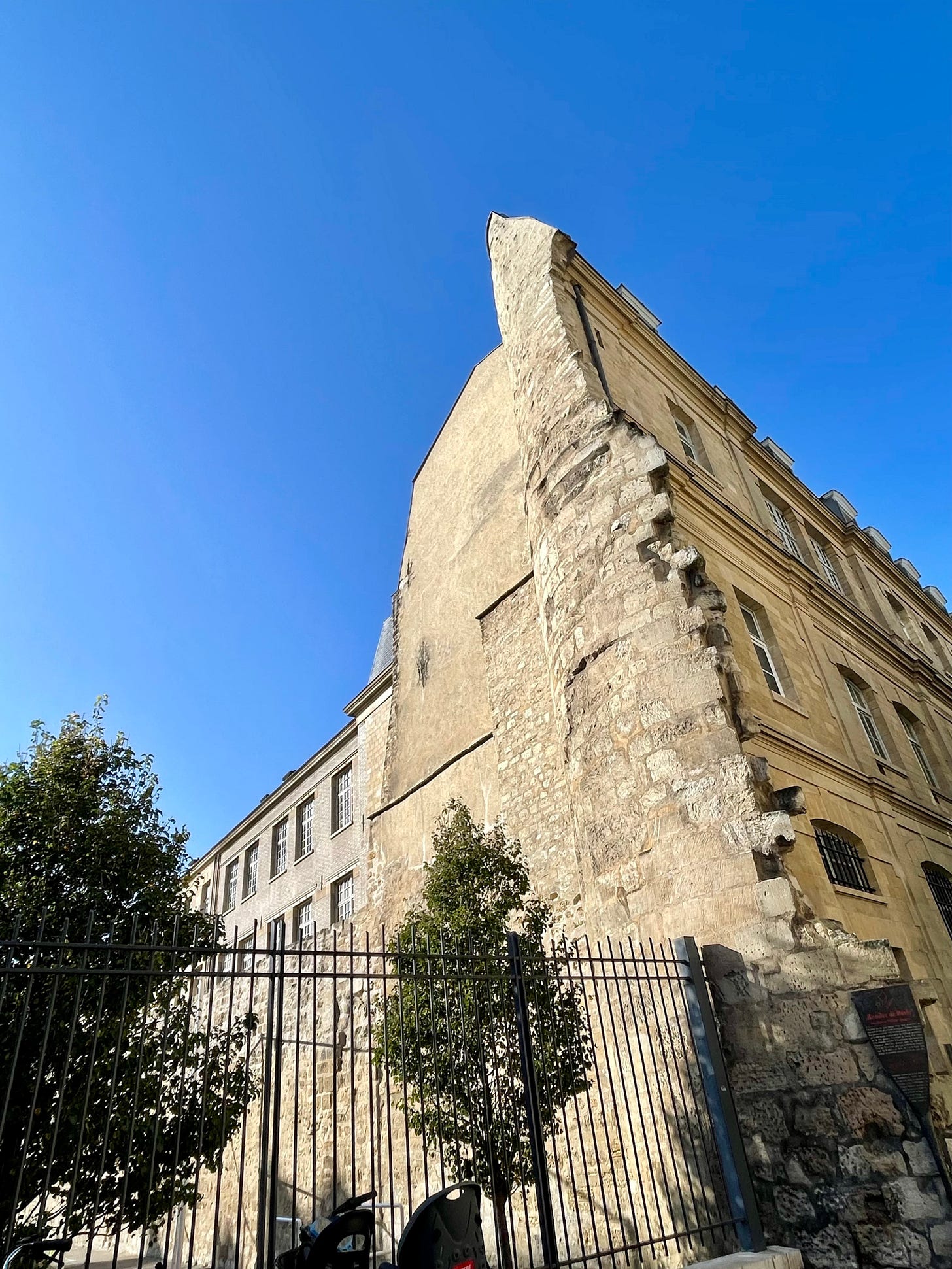
I exit rue Charlemagne. On a whim I turn right into rue Saint Paul then left into rue Charles V, named after the king who based himself here on the Right Bank, a trend-setter you might say. Charles V’s predecessors had favored the Palais de la Cité on the eponymous island. As it turns out the king’s former Marais residence in the 14th century, l’Hôtel Saint Pôl, was a couple of blocks away from my alma mater in Paris, the late Institut d’Anglais Charles V, once a renowned research and higher education center specializing in North American studies.
I followed classes there for two years while working on my Master’s Degree. This corner of le Marais - where fellow students and I spent a lot of time outside the classroom - still feels très familier !
L’Institut closed in 2012 and the building looks different today. I realize now how lucky I was to study inside a 17th century Hôtel Particulier. I remember the large staircase, the creaking wood floors and the courtyard in the entrance always filled with lively conversations among students, professors and staff.
Back to rue Saint-Paul and on to rue Saint Antoine. It’s a been a historic road since Gallo-Roman times and later a major entrance into the city. There stands a beautiful church. Painstakingly restored a decade ago, l’Eglise Saint-Paul Saint-Louis shines. There are so many good stories to tell inside, spanning centuries of Parisian life - a tour guide’s dream! The church’s spectacular dome is rumored to have inspired several other domes in Paris, including l’Hôtel des Invalides (now the Army museum) on the Left Bank.
I follow la rue Saint Antoine going east towards la Bastille (the most famous non-sight in Paris.) I like it here, and always have. There are chainstores of course like almost everywhere else in Paris these days. Still, rue Saint Antoine remains an authentic Parisian street in the heart of an authentic quartier (neighborhood) complete with independent businesses, just like in the good old days. Also, it’s lively and messy and hasn’t been turned into a postcard yet. I indulge in some lèche-vitrines (window-licking.)
I cross the street and veer left, entering the imposing courtyard of the Hôtel de Sully. This is a great place to introduce visitors to the life of the affluent crowd who lived here until the French Revolution. It even comes with une orangerie (a status symbol back in the day) where plants could be shielded during harsh Parisian winters.
Like many buildings in le Marais, l’Hôtel de Sully was purchased (saved!) by the French government decades ago and became the headquarters of the Center of French National Monuments. They are in charge of maintaining over 100 landmarks around France including favorite Parisian spots, the Pantheon, the Sainte-Chapelle or the Arc de Triomphe to name just a few. They offer an annual pass offering free entry to all these sites.
Lucky for me the wonderful bookstore located inside the Hôtel de Sully has not opened yet. It is as the website claims “incontournable” (it shouldn’t be missed.)
My bag is full and I’ll be riding the TGV home in a few hours: Disaster averted!
Another sign the property once belonged to the affluent - and influent - crowd: At the back of the gardens it offers a direct access to a former royal square, one of Paris’ finest, la place des Vosges. Another tour guide’s dream. So many stories to tell in front of the stately limestone and red brick façades, 36 of them, designed to look identical in the 17th century. Identical they are not, as closer inspection of the architectural details reveal.
La place des Vosges is where Happy Fews live in Paris. Behind each massive door, private spaces, lavish interiors and secret courtyards await.
On my way to the Jewish section of the Marais, I stop briefly at the small café where I introduce travelers to French café life and coffee ordering — en français. “See you at the end of the month!,” I remind the friendly waiter, Serge. He can take and serve 25 orders in under 20 minutes. Un vieux de la vieille. An experienced French waiter.
Along la rue des Francs-Bourgeois I go, shaking my head at the ubiquitous chainstores (French and international brands) that now line up the street. When I lived in Paris in the 1980s friends and I would patronize independent businesses along the lively street on Sunday when the rest of the city seemed to have shut down in typical French fashion. Memories.
I stop outside the Carnavalet Museum, one of the best in Paris. It’s changed a lot after an extensive 5-year restoration (all major museums in Paris seem to shut down for 5 years whenever a remodel is needed. Next up: the Pompidou Center.) I still like it but I liked its old, dated self better. How many times did fellow students and I sneak in - for free! - between classes even if only to stay away from the rain and the cold?
The luxury!
Outside the gates the coat of arms of the city of Paris is in full display. Fluctuat Nec Mergitur. Tossed by the waves but doesn’t sink. This is a great spot to discuss terror attacks that rocked France in 2015. I wrote about them from the United States where I still lived here and here. 2015 is the year I decided to return home to France after more than two decades, and I did. That’s a story for another day.
Near the Pletzl (the small square in yiddish) along la rue des Rosiers, I tweak my usual route a bit so I can tell a few stories. A favorite includes the local Uniqlo store. That stop could surprise travelers. They soon realize the store sits in the former building of a major organization that once served the jewelers of the Marais, la Société des Cendres.
Here’s a great reminder of the Marais’ industrial past and working class roots in the 19th and early 20th century long after the elegant people of Paris had moved on. The restored factory chimney stands proudly above the store’s verrière (glass ceiling) and can be spotted from a nearby garden one shouldn’t miss.
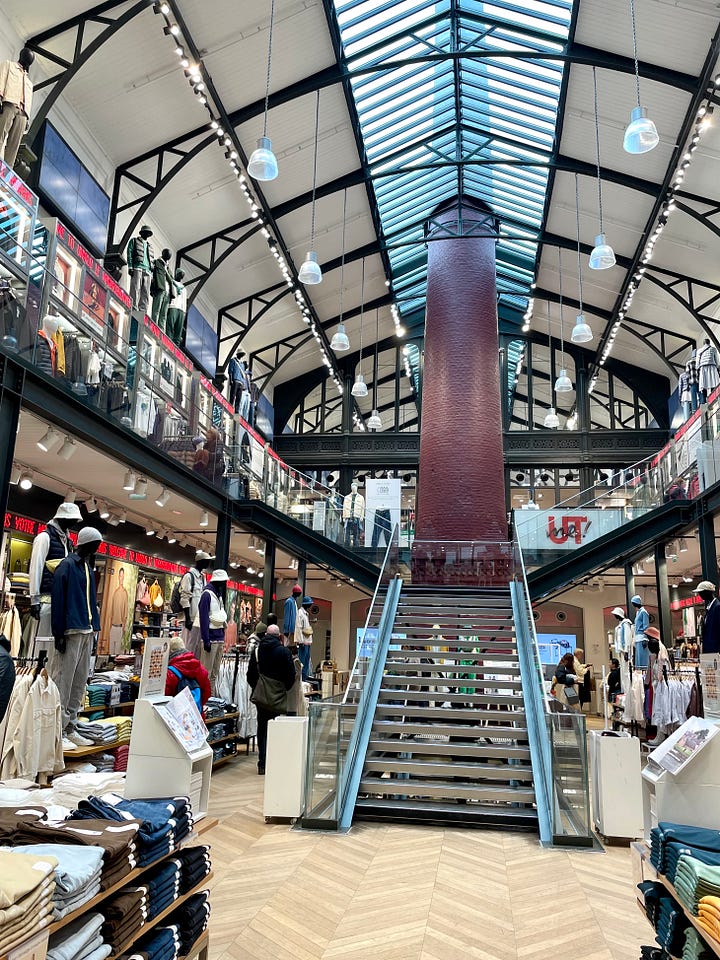
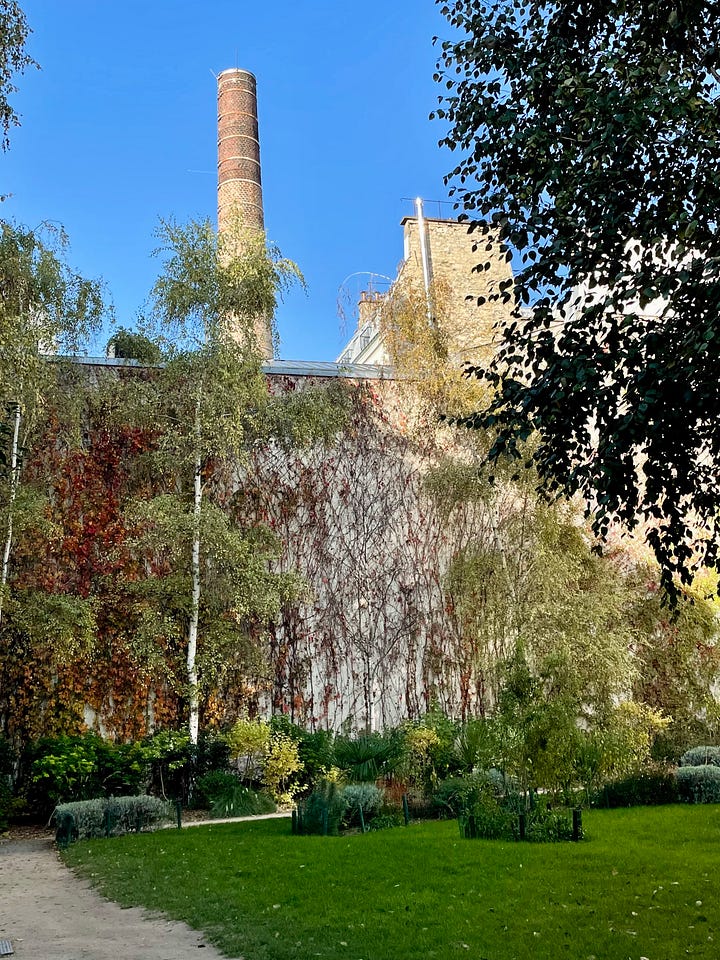
The morning escaped me. Le Marais has worked its magic again. It’s lunch time, and the French make time for their lunch breaks. I am French: C.Q.F.D. (Ce Qu’il Fallait Démontrer, Which was to be Demonstrated.)
My favorite spot is around the corner, a colorful café popular with locals and visitors. I eat there often enough. They smile when I come in. It’s cold today. Veal is the plat du jour (the special.) Dessert? A favorite. Café et Carambar. How bad can it be?
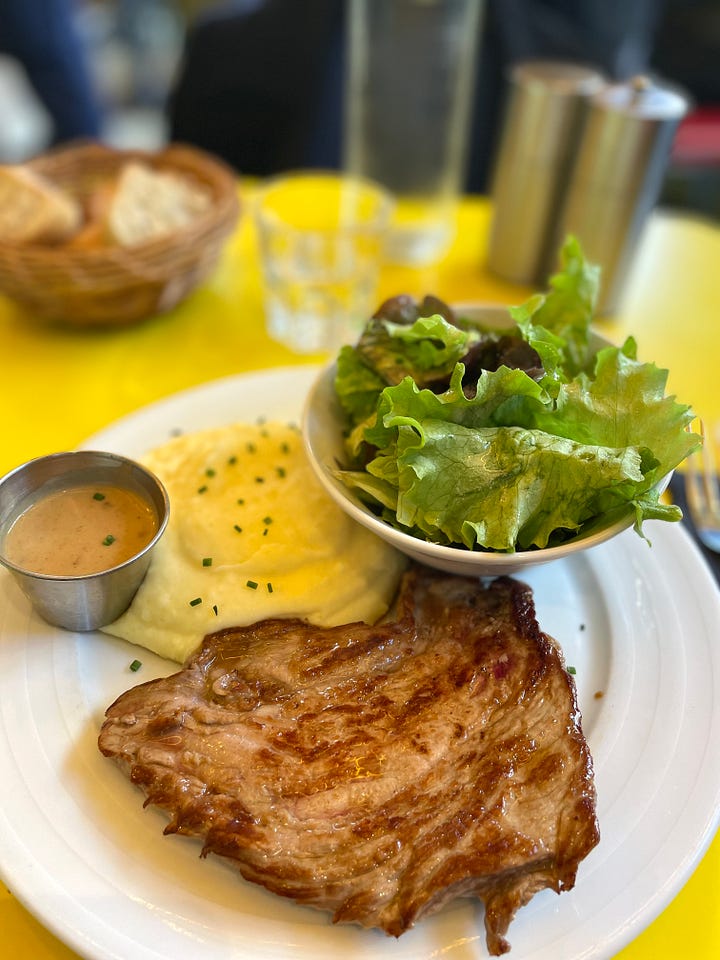
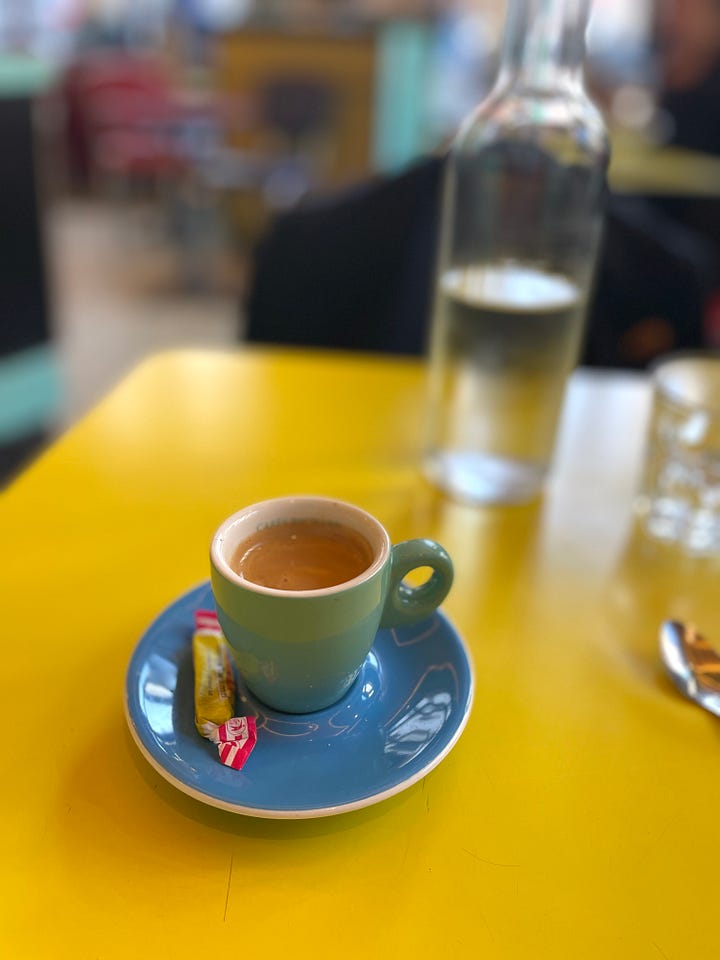
During lunch I review my notes, happy with the changes I will bring to my next group tour, scheduled later in November. Could I have done more? Peut-être. Maybe. Still, I was back in le Marais, one of the most distracting places in Paris.
That’s my excuse and I am going to stick to it.
What you may have missed this month
I released two new virtual tours filmed in Paris.
Tour #1: Follow the tour guide to a Montparnasse landmark, La brasserie le Sélect.
Tour #2: Join me on a peaceful stroll at the Montparnasse cemetery.








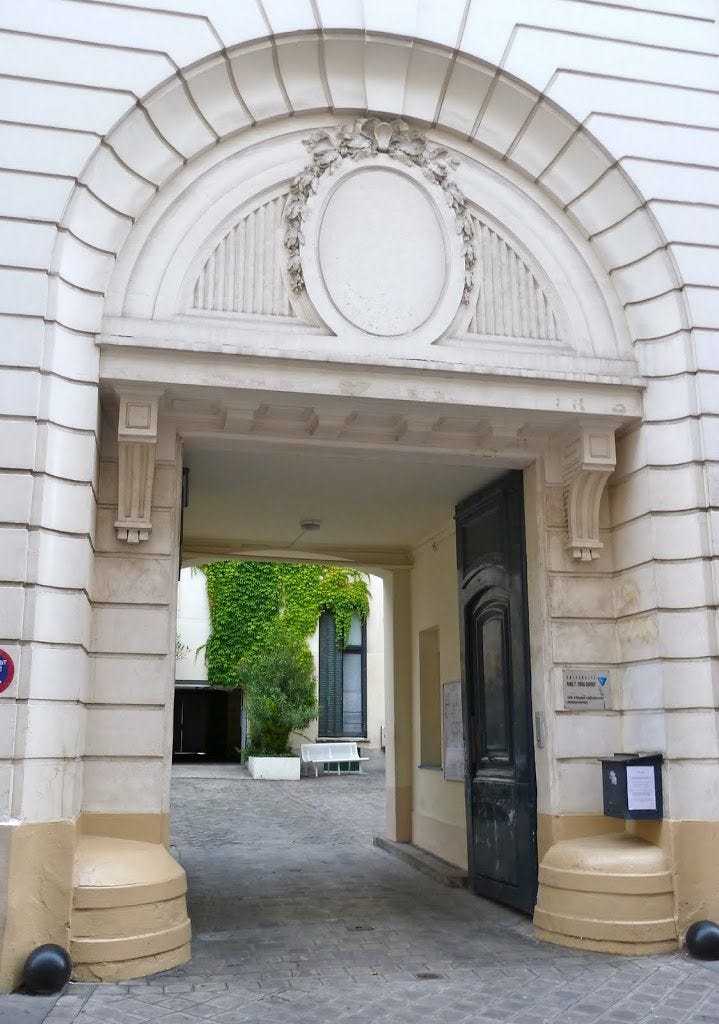




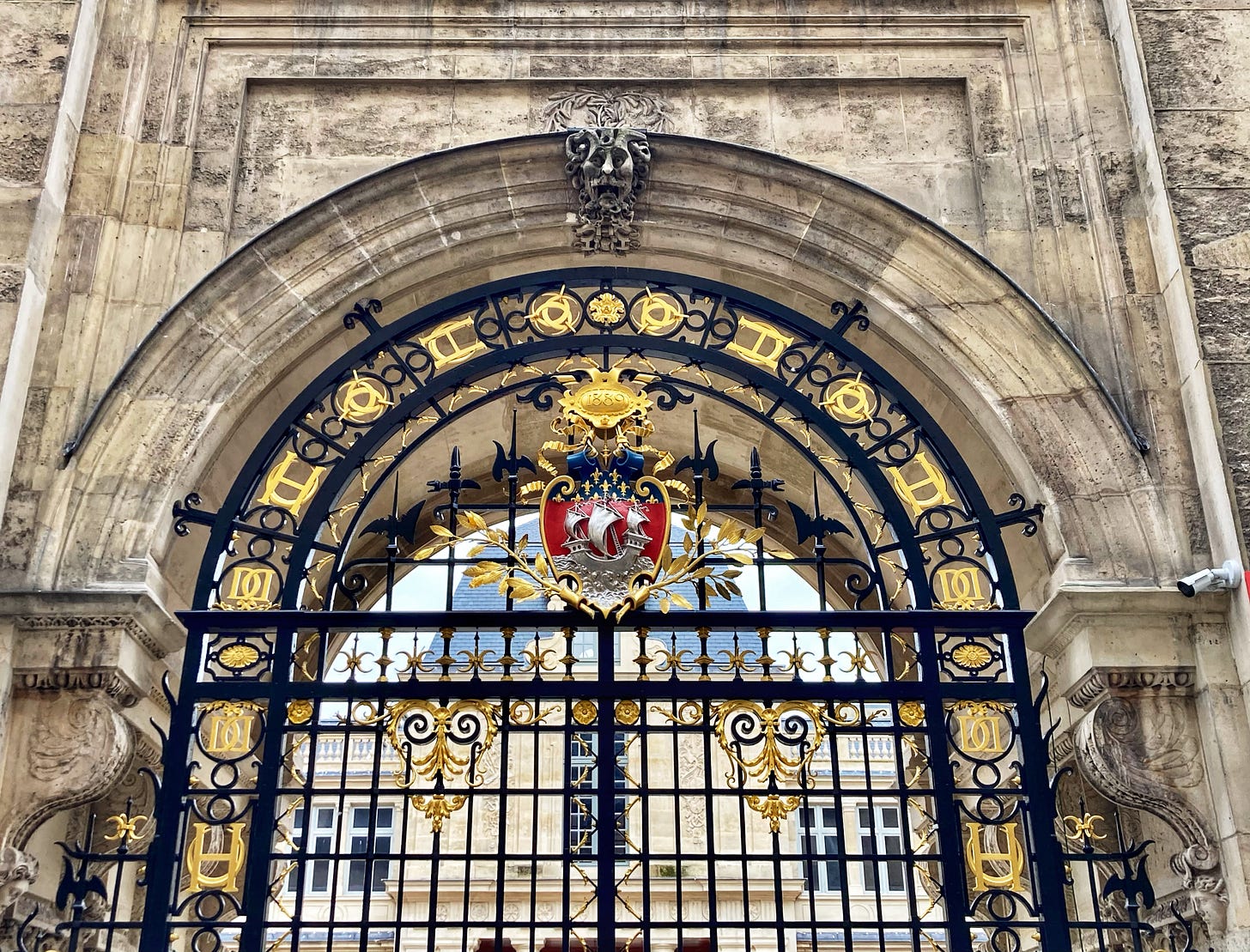
My memories start in the 90"s for the Marais. How it has changed since then, not all for the better, which is usually the case. I had hoped you'd make a little stop at Les Rosiers, a restaurant on Rue Rosier more to the East end of the rue. - a restaurant that has defided progress. Still run by an ancienne couple, it stands alone as a rebuke to modernity. I hope you stop in one day and find out their story. I'd love to know it.
You write in such an informative & delightful way. You must be a splendiferous tour guide!